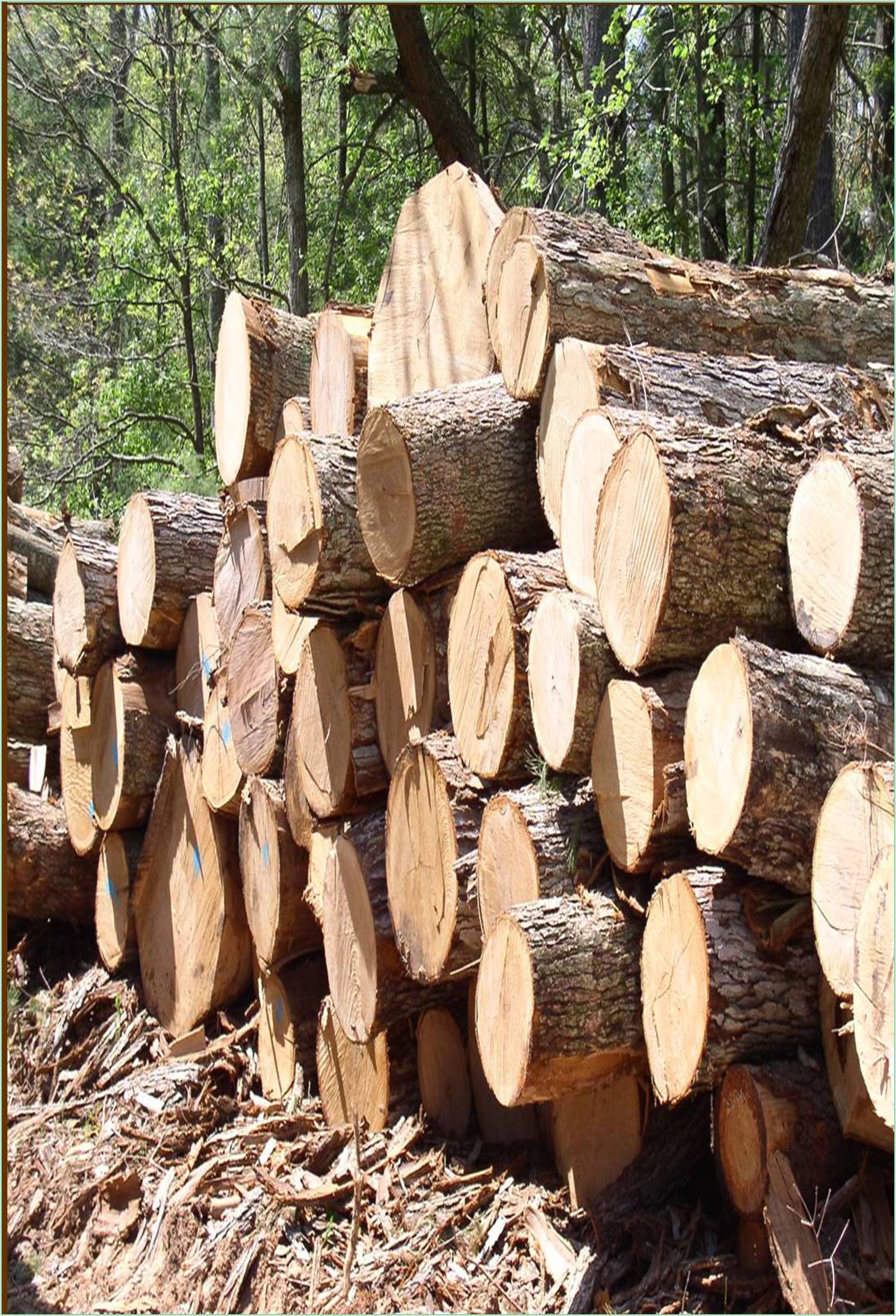



Received: 01-Apr-2022, Manuscript No. GJWSFW -22-64245; Editor assigned: 05-Apr-2022, Pre QC No. GJWSFW -22-64245 (PQ); Reviewed: 20-Apr-2022, QC No. GJWSFW -22-64245; Revised: 28-Apr-2022, Manuscript No. GJWSFW -22-64245 (R); Published: 06-May-2022, DOI: 10.15651/2449-1780.22.10.002
Forest biological variety is a vital resource since it contains all of the world's species and their constituent, on which humanity's health, prosperity, and environmental well-being are dependent. The extinction of ecosystems, species, and genes is major threat to the human and other animals' survival. The number, variety, and order of living species (i.e. all life on Earth) are referred to as biological diversity. At three levels, it is typically characterised, quantified, managed, and used first, it includes heritable genetic variation within and across populations of a species; this is of particular interest to geneticists and breeders, and it includes the extent and pattern of population variation, genotype variation, and allele frequencies, effects, and flows (the different mutational forms of a given gene, and the units upon which selection works to result in genetic diversity).
The Atmosphere (gas), Hydrosphere (liquid), and Lithosphere (solid) are the three (solid). These three parts represent the three major states of matter that constitute the environment. Non-living things such as air, water, and soil make up the physical component of the environment.
The diversity within forests at these three levels is referred to as forest biological diversity. It encompasses all plant, animal, and microbial species found in the forest, not simply tree species. Tropical forests alone are home to half of all known animals, 60 percentages of plant species, and probably 90 percentages of all species on the earth. Forest ecosystems vary greatly around the world and are divided into the following general categories are tropical rain forests with high diversity, tropical deciduous forests with low diversity, tropical dry forests with few species growing in open stands, tropical rain forests with high diversity, tropical deciduous forests with low diversity, tropical evergreen forests with a range of coniferous species, tropical evergreen forests with a range of coniferous species, tropical evergreen forests with a range of coniferous species, tropical deciduous forests with relatively low diversity, tropical dry forests with few species growing in open stands. The widespread public and political attention to biological diversity is often emotional, and the grounds for maintaining and utilising it are frequently forgotten. While diversity is valued and recognised, the human needs for it are frequently disregarded. It is extremely difficult to assign economic values to biological diversity, and there are strong arguments that it has no moral value; however, estimates of relative values are necessary for establishing conservation areas and programmes, breeding programmes, and research in order to ensure future survival and sustainable use. Flint (1991) created a typology of biological diversity values, which covered both use and non-use values.
A natural ecosystem is a community of living and non-living organisms that exists in the wild. Through physical, chemical, and biological processes, occurs freely in nature. Natural ecosystems are distinguished from other ecosystems by the fact that they are entirely natural habitats are land and sea areas that are defined by certain environmental conditions as well as plant and animal species that are native to the area. Soil and water conditions, and microclimate, among other things, have an impact on natural habitats. Terrestrial, freshwater, and marine habitats are the three basic types of habitat. Forests, woodlands, grasslands, and deserts are examples of terrestrial habitats, while rivers, lakes, ponds, and inland swamps and marshes are examples of freshwater habitats. All of the living creatures in an ecosystem are considered biotic components. Plants, animals, and microorganisms such as bacteria are examples of biotic components. In an ecosystem, all living creatures are classed as producers, consumers, or decomposers. Plants are producers since they create their own food as well as feed other living things. Animals are consumers since they are unable to produce their own food and must on other plants and animals to survive.